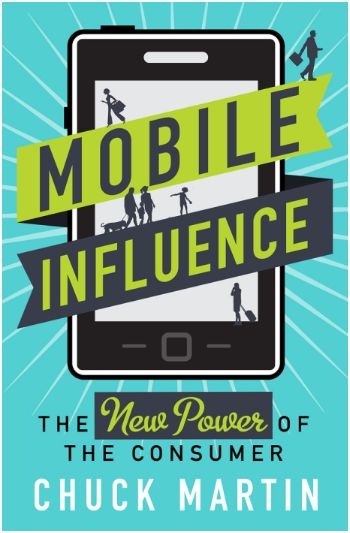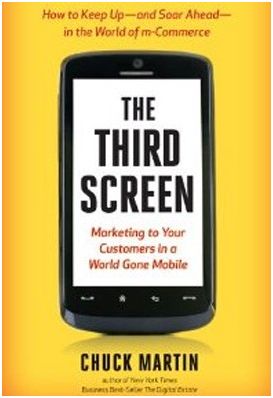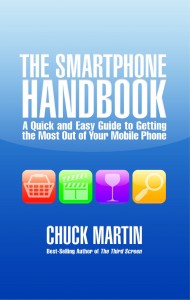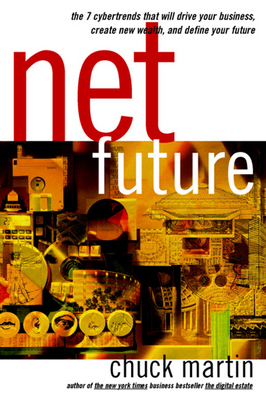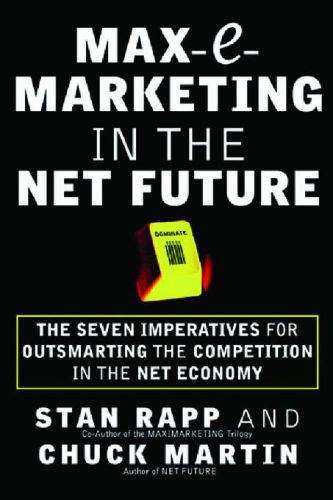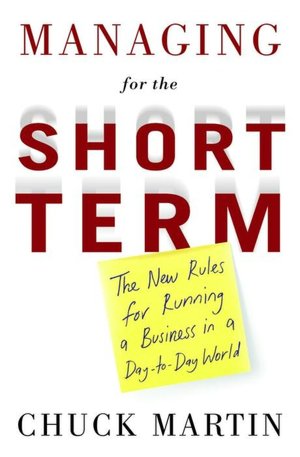By Chuck Martin
There obviously are multiple issues around the mobile payments, many dealing with consumer adoption.
Last night, I got to participate in a one-hour Twitter chat dealing with some of the specifics relating to opportunities and impediments around forward movement.
In on the chat were John Tuders, Senior Vice President, Product & Payments Innovation Executive at Bank of America, and Ken Moy, Group Senior Vice President of Emerging Payments at MasterCard Worldwide, the two entities that organized the chat, moderated by Todd Wasserman, Mashable’s business editor.
Overall, I came away with the impression there’s still quite a ways to go for mobile payments, though many of the ‘attendees’ who asked questions or added comments were quite up to speed on the topic.
There were several major issues addressed during the chat, so here’s my take on the highlights around mobile payments, by subject:
On why a consumer would pay by phone rather than a card or cash
Bank of America acknowledged that “plastic isn’t broken and cash works just fine” and that adoption will take off when wallets provide real value or solve a problem for customers. MasterCard pointed out that consumers are moving to digital lifestyles and that mobile devices are in the center of the change. Tuders noted one of the reasons is the difference between a static magnetic swipe vs. the dynamic nature of the digital experience.
NFC (Near Field Communication) adoption
NFC being adopted at big box retailers will depend on the economics to the merchant, said Bank of America’s Tuders, who said that regarding NFC or QR codes, the bank is “agnostic about the technology.”
Innovation
Moy pointed to MasterCard’s MasterPass and digital payment platform as fast and convenient while Tuders noted that customers have three non-negotiables: “merchant adoption, consistently works and high security.” He also said the bank has learned that just replacing a swipe with a phone tap isn’t enough to convince consumers to switch.
The shopper of the future
Will include everyone, even those with no current access, said Moy. Tuders said it’s still too early to tell and they’re still assessing what the customer wants their payment experience to be. Moy pointed to a MasterCard analysis of 85,000 social conversations that showed consumers want to use smartphones to shop.
Security
This is the topic that comes up in virtually any mobile payment discussion, even though financial institutions have pretty well mastered the issue over a period of decades. It’s in their DNA. “Customers have told us customization of security features like passwords and pins ins an important aspect for them,” said Tuders.
When mobile payments go main stream
“Consumers are confused and concerned about the range of choices,” said Moy. “These concerns include security, customer support and acceptance. We need to de-mystify the concerns around mobile payments to get to main stream.” Tuders said it goes main stream when there’s a business model that retailer and banks can get behind “and when there’ s a compelling enough use case to incent customers to change their behavior beyond the payment.”
When the technology filters to mom and pop businesses
Tudors said customers have told them that a wallet needs to work everywhere they shop. “This is critical.” Moy said “consumer demand, competition and lower costs will ultimately drive adoption. Mobile is creating new opportunities for small businesses today in the form of mobile POS” and cited LevelUp as one example. Tuders said small businesses are looking for solutions that don’t require capital outlay to implement. Moy sees mobile payment as a way for small businesses to differentiate themselves while Tuders said the technology would have to be straightforward to use.
If nothing else, the conversation shows there’s still some distance to go before wide-spread adoption of mobile payments but some of the major financial entities involved have their eyes wide open about it.
Chuck Martin is editor of the mCommerce Daily at MediaPost and writes the daily MobileShopTalk column. He is the author of “Mobile Influence,” “The Third Screen,” and “The Smartphone Handbook.” He is CEO of Mobile Future Institute and a frequent mobile keynote speaker and mobile marketing speaker internationally.



